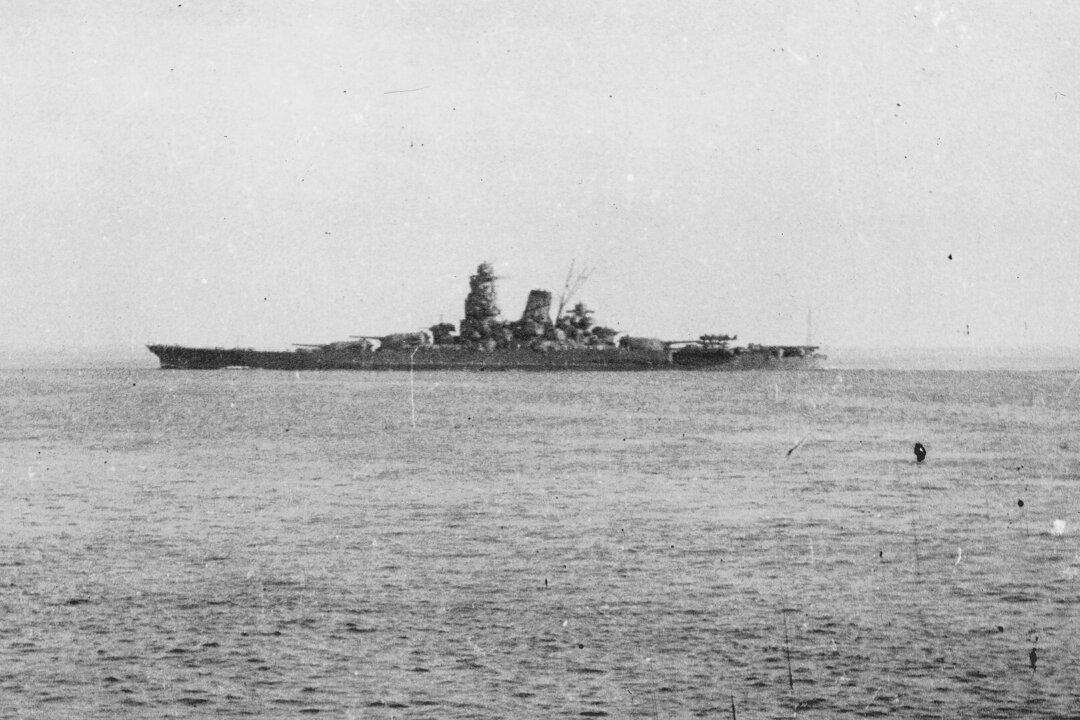The Battle of Leyte Gulf, which took place off the coasts of the Philippine islands of Samar and Leyte in October of 1944, was, and remains, the largest naval battle in human history. It was the battle that officially ended the Imperial Japanese Navy (IJN) as an effective fighting force and paved the way for the Americans to continue its drive to the Japanese home islands. Mr. Stille, in his new book “Leyte Gulf: A New History of the World’s Largest Sea Battle,” discusses the battle and its outcomes, the naval officers and their decisions, the logistics, the casualty figures, along with the myths and misperceptions that have been perpetuated.
Mr. Stille discusses in detail how the IJN were fighting a losing battle. With every passing day, it seemed that the situation was becoming more and more hopeless, yet the IJN command, much like the commanders of the Imperial General Headquarters in Tokyo, pressed its subordinates to continue at any and all costs.






